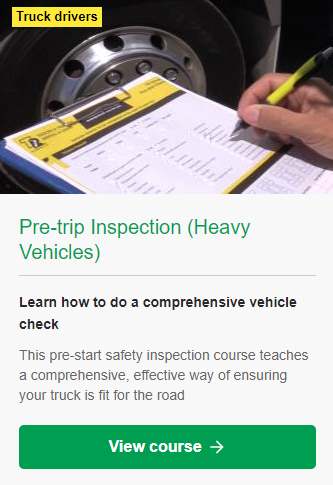Part of a pre-start inspection training involves learning how to check the inside of the truck cab for things that might cause an issue during the trip. Having a clean, tidy, functioning cab is important to help maintain alertness, reduce distractions and delay the onset of fatigue and tiredness for the driver. A clean cab also presents a professional image to clients and coworkers.
Entering the cab
A driver should maintain three points of contact when entering and exiting the cab, so the steps, rails and handles need to be checked. Recently we have seen a serious concussion with a driver who did not use three points of contact and ended up slipping and hitting his head on the ground. Check that steps are in good condition and not slippery and that handles are all present and tightly affixed to the truck. If handles are dirty, clean them so that you don’t transfer dirt onto your steering wheel, seat and dashboard. If steps are muddy, clean them so that you don’t transfer the mud to the pedals, which would make them slippery.
Seating position
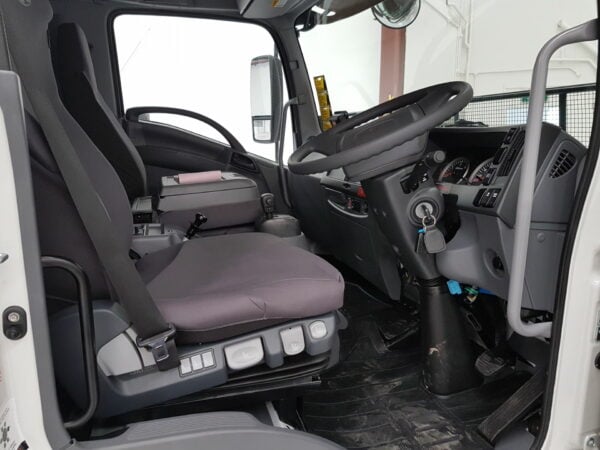
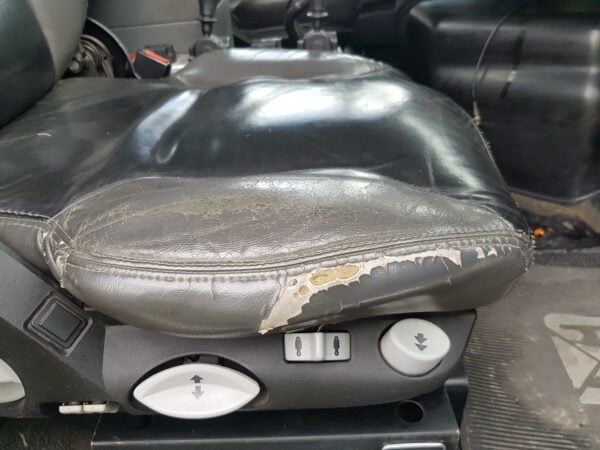
If you have a seat which has air suspension, check that it has come up to pressure quickly. Check that the seat back and seat squab are in good condition. Check that you can adjust it to your desired position. Check that the steering wheel doesn’t have excess ‘play’ (i.e. it’s not loose). All buttons on the steering wheel and all wands on the steering column should function perfectly.
Does the seatbelt extend and recoil without any snags. A seatbelt that doesn’t retract will eventually keep getting trapped in the door and will get damaged. Check that the belt doesn’t have any cuts, tears or abrasions, and that it isn’t badly faded. Check that the buckle clips in securely and will release easily; metro drivers who are in and out of the cab many times a day can wear out seatbelts and buckles.
Is the windscreen clear and free of cracks? A dirty windscreen will diffract sunlight when the sun is low, and will reduce your visibility. Do the sun visors work?
Can you see the mirrors and are they functional?
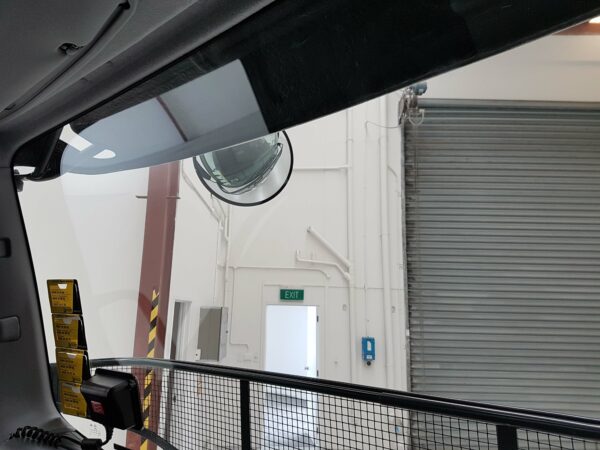
Dashboard
All warning lights except for those related to the parking brake should have extinguished themselves after you started the engine. Check that any other switches work and that all gauges are illuminated. Are there any buttons or switches that seem loose, or where you can’t read the writing any more?
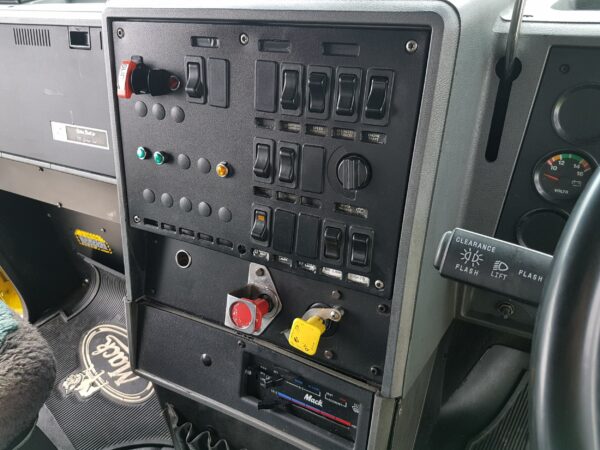
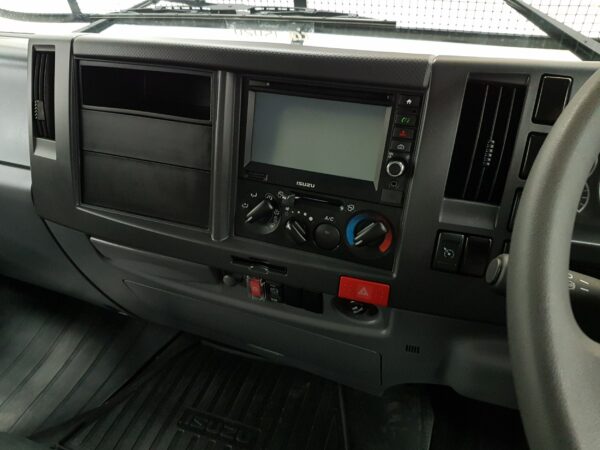
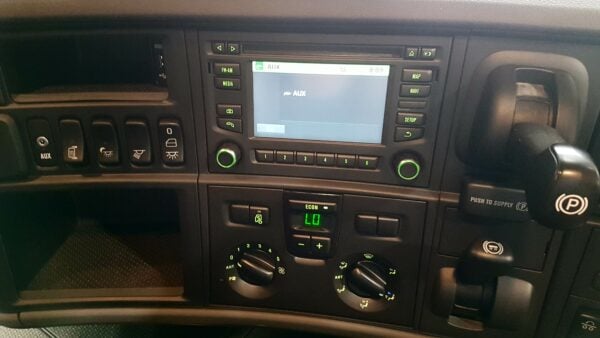
Media and CB
Check that your CB works. Pair your phone to the media system via Bluetooth. Make sure your radio is set to the presets you like so that you don’t have to fumble with it while you’re driving. Do all the buttons and dials work? Are there any annoying buzzes or rattles from the speakers?
Documentation
Check that the RUCs and CoF are current. If you use a device for electronic RUCs, check it powers on. Check you have the right TSL and other documentation.
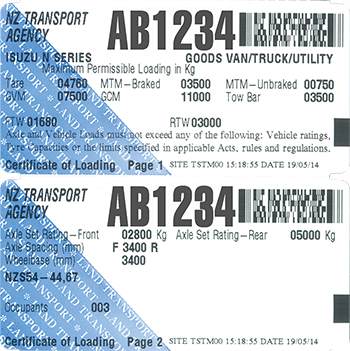
If you are carrying dangerous goods, the DG document holder is best positioned on the inside of the driver’s door.
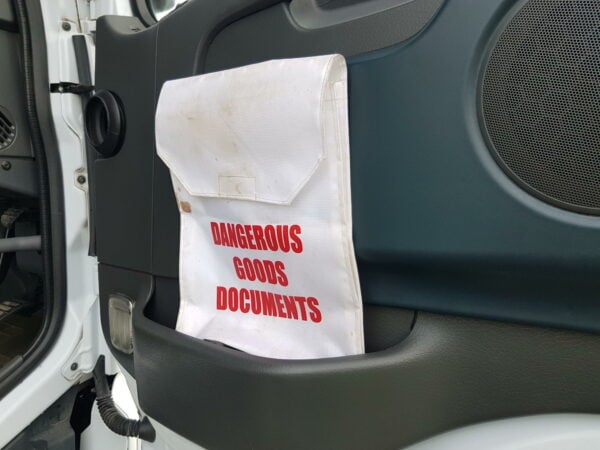
Auxiliary equipment and finish
Does the PTO work? If you have a sleeper cab, does the chiller and other equipment work, and are the curtains functional so you can block out the light while sleeping?
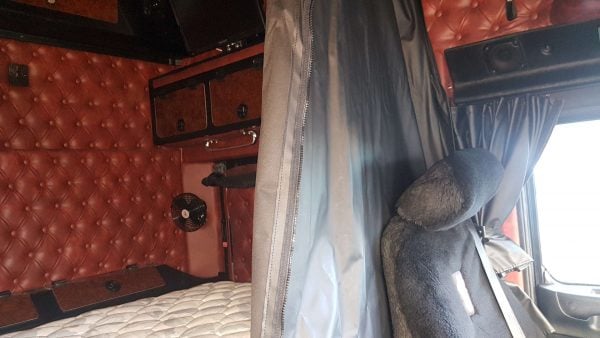
Is all the plastic trim in place. Are the carpets and mats in good condition. Is the cab liner secure?
Are all your personal belongings secure so they won’t roll around the cab or fall into the footwell under braking or cornering?
Supplies
Do you have gloves, cleaning rags, de-icer, fire extinguisher (clipped into a cradle), water, food, etc?
What about the outside of the truck?
Now you know how to check the interior of a truck. There’s still the exterior of the truck, plus any trailer that you are pulling. Our pre-trip inspection course gives you a rock solid system for checking the inside and outside of a truck, as well as showing you how to identify common and uncommon faults.
This is important whether you use a paper checklist or an app, or simply do a walkaround without a checklist.
Checklist for internal items in your truck cab
- Steps
- Rails
- Handles
- Seat position, controls and condition
- Air pressure in seat
- Seat belt condition, recoil and buckle
- Windscreen clear, no cracks
- Mirrors clean, visible, no cracks
- All warning lights, gauges, switches OK
- Air conditioning works
- Media system and CB work
- Documentation current and correct
- DG documentation
- Sleeper cab equipment works
- PTO works
- All plastic trim and carpets in adequate condition and secured
- Supplies replenished

